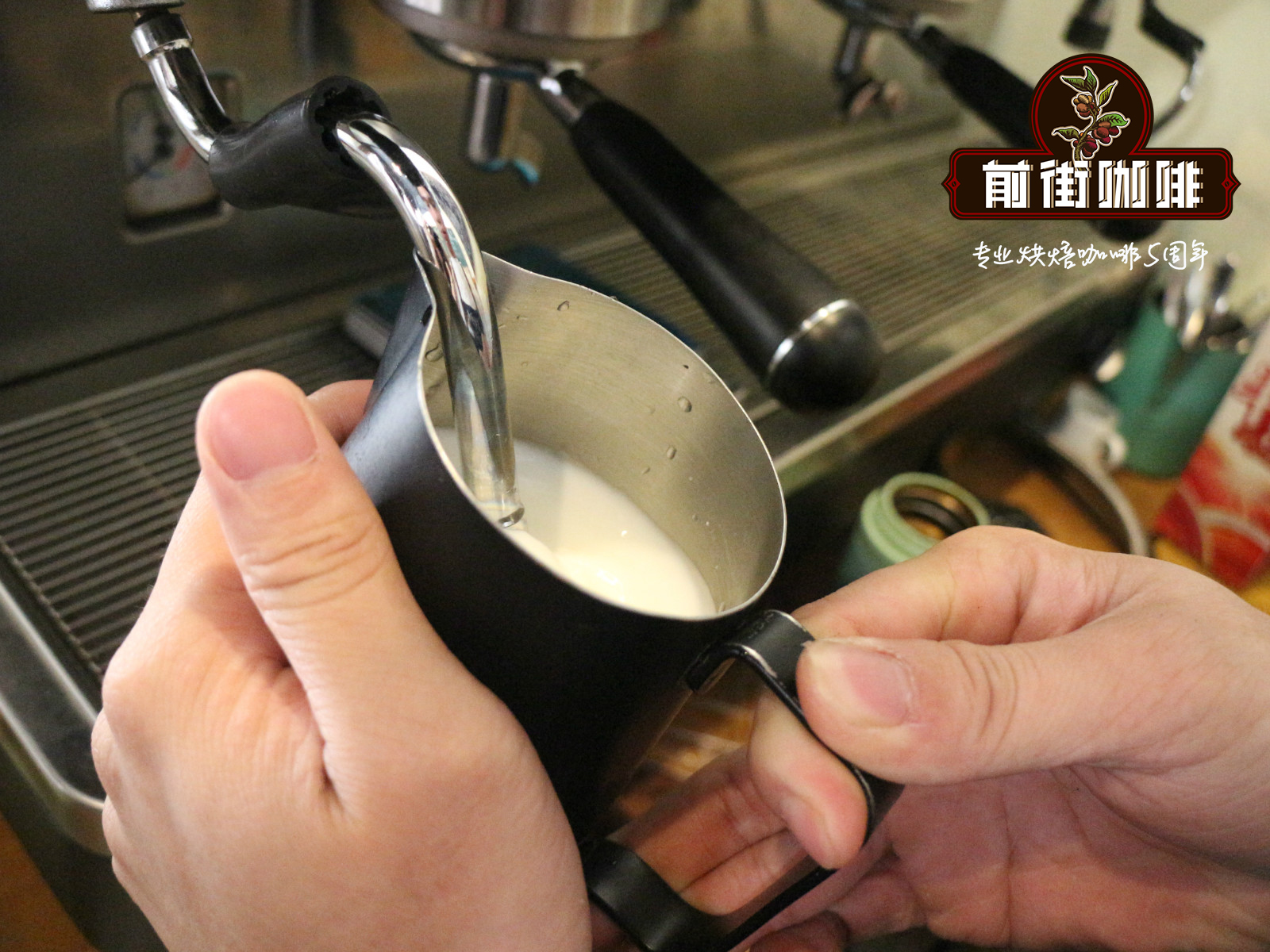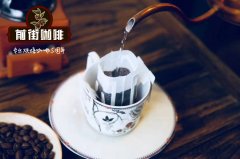The difference between Arabica coffee beans and other coffee beans _ what is Arabica golden coffee

Professional coffee knowledge exchange more coffee bean information please follow the coffee workshop (Wechat official account cafe_style)
When we eat apples, there will be differences between red apples and green apples; coffee is the same, and there are many kinds of coffee. first of all, the two most common varieties are Arabica and Robsta!
The coffee beans on the market, unless there is coffee specially grown by Robusta, no matter what name you encounter, such as Yega Sheffield, Mantenin, Columbia, etc., all belong to the subline or native varieties under the Arabica variety.
As for why it is called Manning and Yejasuefi, it has something to do with the way it is named: in the case of Yegashafi, it is a small town in Ethiopia, so the coffee produced in this town is named Yegasuefi. There will also be different small producing areas and estates or cooperatives in the town. For example, there is a place called Kochel and a cooperative called the Rico Cooperative. Most of the coffee they produce is native to Arabica, so we can call this coffee the original species of the Rico Cooperative in the Yega Fischer producing area of Ethiopia!
So to put it simply, in addition to saying that it is Robusta, almost all the coffee beans you can come into contact with are Arabica beans! However, the varieties of sublines grown in different places are different.
The difference between ● Arabica and Robusta
In many places where coffee is sold, it is not difficult to find words like "100% Arabica". Even canned coffee appears in a style called "XX Arabica Coffee", which makes one wonder: what is "Arabica coffee beans"?
In fact, Arabica is the name of the coffee tree variety (species).
"Coffea Arabica" and "Coffea Robusta" are two different coffee varieties, which currently account for the vast majority of coffee bean production in the world. There are three main differences between Arabica coffee and Robusta coffee: 1. Differences in planting conditions. two。 The flavor and characteristics are different. 3. The difference between market price and use.
Differences in planting conditions of ●
The planting conditions of "Arabica" coffee are relatively stringent, requiring higher elevations (more than 2000 meters above sea level), fertile soil fertility, adequate moisture, proper sunshine conditions and shade. "Arabica" coffee species are less resistant to diseases and insect pests and are vulnerable to damage. In addition, the annual output of coffee trees per unit area is also lower.
Currently, "Arabica" coffee accounts for 75% of the world's coffee production, and of these "Arabica" coffee production, only 10% of Arabica coffee quality can be classified as "boutique coffee (Specialty Coffee)."
"Robusta" coffee, commonly known as "sturdy beans", can be grown at low elevations (200 to 800 meters above sea level), has strong resistance to diseases and insect pests, is not vulnerable to agricultural disasters, has a high annual output per unit area, and is harvested in large quantities by machine. in general, the cost of production is much lower than that of Arabica coffee.
● has different flavors and characteristics.
Arabica coffee has a varied and broad potential flavor. Arabica coffee produced in different regions, different elevations and different climates usually has its own characteristics and can show a completely different flavor. "Arabica" coffee smells like grass when it is not roasted. After proper roasting, it shows "fruity" (medium-light roasting) and "caramel sweetness" (deep roasting). Generally speaking, it has a better aroma and flavor than Robusta beans.
"Robusta" coffee usually has an ordinary, rigid and pungent flavor, and because the vast majority of robusta around the world are grown in low-altitude areas (author's note: as of May 2008, only India has rare high-altitude, high-quality, washed Robusta coffee beans). The flavor produced by different regions and different climates is not very different, relatively lack of personality. When unbaked, it smells like raw peanuts, and the taste of cheap robusta coffee beans is usually between "wheat tea" (light baking) and "rubber tire flavor" (deep roasting). It is difficult to show a meticulous flavor.
Difference between market price and use of ●
High-quality Arabica coffee requires complicated manual picking, selection and meticulous processing, so the world's most expensive and best coffee beans are Arabica coffee. "Robusta" coffee is usually used to produce instant coffee and canned coffee because of its low cost. A small number of better quality "Robusta" coffee are also used in mixed coffee (with Arabica coffee) espresso beans.
Other differences in ●
There is another important difference: the amount of "Caffeine" (C8H10N4O2). Robusta coffee contains about twice as much caffeine as Arabica coffee, which is why drinking some canned coffee is prone to palpitations and insomnia.
After seeing so many differences between Arabica Coffee and Robusta Coffee, we must finally emphasize:
"Arabica coffee" is not the same as "good coffee", "Robusta" is not absolutely cheap coffee!
Arabica coffee accounts for 75% of the world's coffee production, and its quality varies widely, from good to bad. In recent years, a few countries (such as India) have devoted themselves to improving the quality of robusta coffee. They have planted robusta in high altitude areas, given the most careful care, and carefully washed the coffee. As a result, they get very good quality robusta coffee beans! Top Robusta beans are not cheap either, getting rid of the old impression that Robusta are cheap beans! Therefore, the quality of coffee beans can no longer be judged by the crude and outdated ancient criterion of "Arabica beans".
● Arabica Coffee Bean Brand recommendation
Arabica coffee beans baked in front street coffee are fully guaranteed in terms of brand and quality. And more importantly, the performance-to-price ratio is extremely high, each pack of 227 grams, the price is only 70-90 yuan or so. According to the calculation of 15 grams of coffee beans per cup, a bag of coffee can make 15 cups of coffee, which costs only about 5 or 6 yuan per cup, which is recommended by conscience compared to the price of hundreds of cups sold in cafes.
Qianjie coffee: Guangzhou bakery, the store is small but a variety of beans, you can find a variety of unknown beans, but also provide online store services. Https://shop104210103.taobao.com
Important Notice :
前街咖啡 FrontStreet Coffee has moved to new addredd:
FrontStreet Coffee Address: 315,Donghua East Road,GuangZhou
Tel:020 38364473
- Prev

What are Arabica coffee beans? Is Arabica bean coffee equal to good coffee?
Professional coffee knowledge exchange more coffee bean information please follow the coffee workshop (Wechat official account cafe_style) what are Arabica coffee beans? Is Arabica bean coffee equal to good coffee? When it comes to Arabica beans, you have to mention robusta coffee beans that are on a par with them. ● Chapter 1 | Arabica beans Robusta beans | Coffee beans in the world
- Next

You must know the price report of Arabica coffee beans
Professional coffee knowledge exchange more coffee bean information Please pay attention to the coffee workshop (Wechat official account cafe_style) common coffee trees are mainly divided into two categories, Arabica (Arabica) and Robusta (Robusta). There are also many small species under it, so we won't say that some kind of coffee is Arabica or Robbosa beans, but in subdivided coffee.
Related
- Beginners will see the "Coffee pull flower" guide!
- What is the difference between ice blog purified milk and ordinary milk coffee?
- Why is the Philippines the largest producer of crops in Liberia?
- For coffee extraction, should the fine powder be retained?
- How does extracted espresso fill pressed powder? How much strength does it take to press the powder?
- How to make jasmine cold extract coffee? Is the jasmine + latte good?
- Will this little toy really make the coffee taste better? How does Lily Drip affect coffee extraction?
- Will the action of slapping the filter cup also affect coffee extraction?
- What's the difference between powder-to-water ratio and powder-to-liquid ratio?
- What is the Ethiopian local species? What does it have to do with Heirloom native species?

